
 5
5




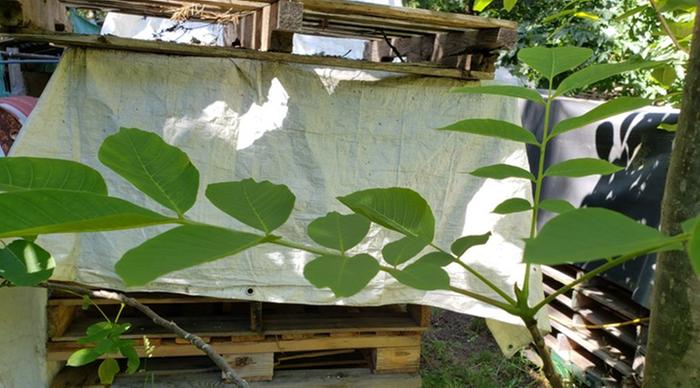

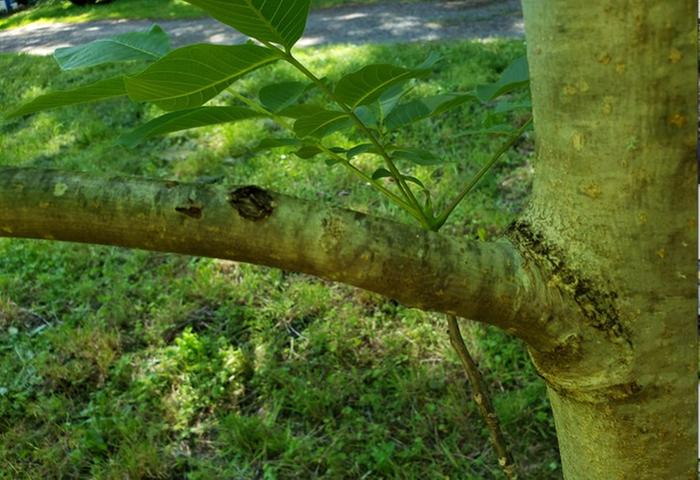
Visit Redhawk's soil series: https://permies.com/wiki/redhawk-soil
How permies.com works: https://permies.com/wiki/34193/permies-works-links-threads
 7
7




"In action, watch the timing."-Tao Te Ching
"Jus' Press"-Ledward Kaapana
 4
4




"In action, watch the timing."-Tao Te Ching
"Jus' Press"-Ledward Kaapana
 6
6




Visit Redhawk's soil series: https://permies.com/wiki/redhawk-soil
How permies.com works: https://permies.com/wiki/34193/permies-works-links-threads
 7
7




I do have a list on my computer that I kept for future planning - and there's a thread here on permies ( https://permies.com/wiki/117880/Juglone-Sensitivity-List ).M.K. Dorje Sr. wrote:Jay, if it is a walnut, be sure to let me know if you want any advice about how they fit into a food forest.
Visit Redhawk's soil series: https://permies.com/wiki/redhawk-soil
How permies.com works: https://permies.com/wiki/34193/permies-works-links-threads
 10
10




"In action, watch the timing."-Tao Te Ching
"Jus' Press"-Ledward Kaapana
 5
5




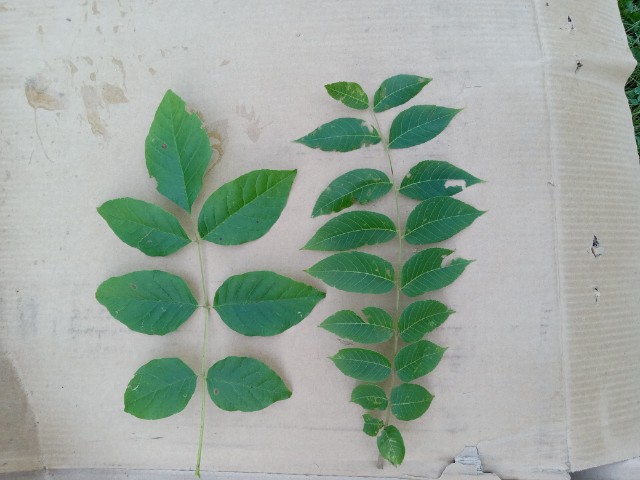
Zone 6, 45 inches precipitation, hard clay soil




 5
5




I *really* don't think it's Black Walnut. It does fit the description of English (Persian) Walnut. Does it smell differently than Black Walnut?May Lotito wrote:Crush some plant tissues. Do they have the typical black walnut smell? I have both ash and walnut and here are the leaves side by side.
Visit Redhawk's soil series: https://permies.com/wiki/redhawk-soil
How permies.com works: https://permies.com/wiki/34193/permies-works-links-threads
 6
6




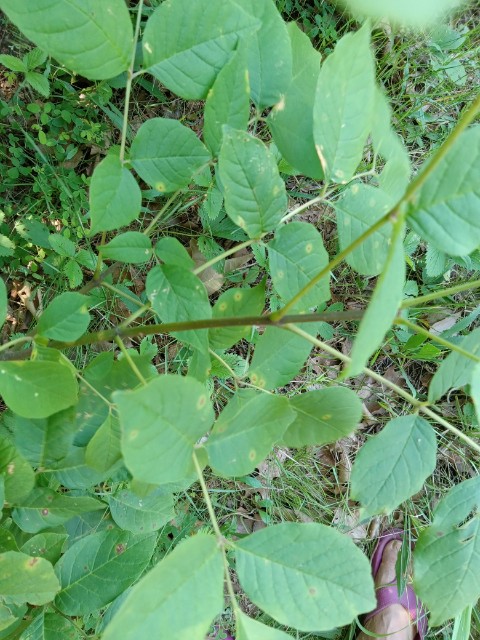
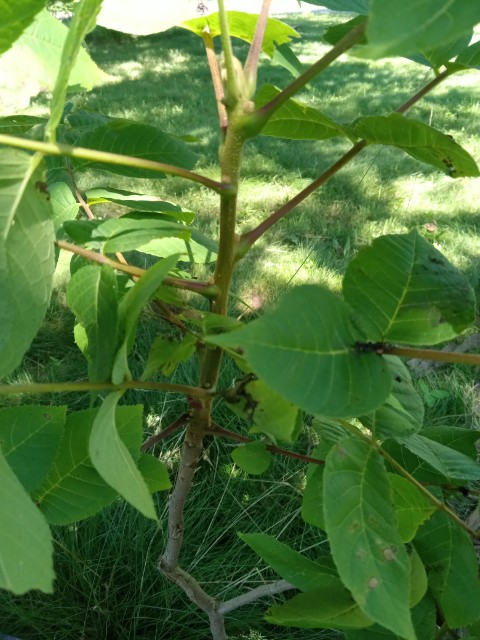
Zone 6, 45 inches precipitation, hard clay soil





 8
8




 5
5




Yes, it certainly can stay where it is for another year at least, but if we can agree on its "forever home", the sooner it gets moved, the better.greg mosser wrote: if it can stay in place for this season, it should be possible to dig out enough root to move it when it’s dormant. if trying that, i’d cut the top back quite a ways - back to just a couple feet or so
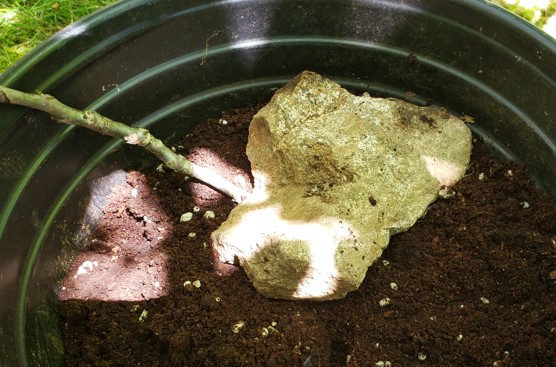
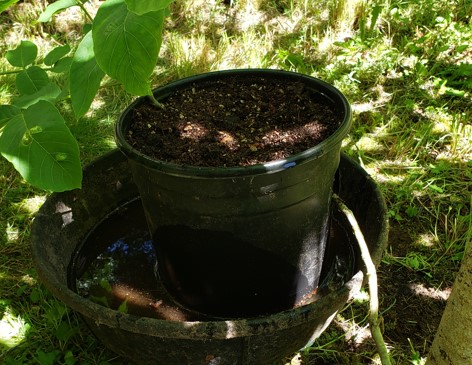
 3
3




 3
3





|
Don't listen to Steve. Just read this tiny ad:
Freaky Cheap Heat - 2 hour movie - HD streaming
https://permies.com/wiki/238453/Freaky-Cheap-Heat-hour-movie
|








